As a BetterHelp affiliate, we receive compensation from BetterHelp if you purchase products or services through the links provided
Narcissism is widely discussed and often misunderstood. It’s a trait that can assert itself subtly in a person’s behavior, often leaving a distinct impression on those around them. While a degree of self-love and self-advocacy is healthy, a persistent pattern of grandiosity, a need for admiration, and a lack of empathy may signal a personality that aligns with narcissistic characteristics.
Interacting with a narcissist can be challenging, especially if they play a significant role in your personal or professional life. Recognizing the traits of narcissism is the first step in managing relationships with people who display these tendencies. It’s important to identify these behaviors accurately to navigate the potential effects on interpersonal dynamics and to maintain one’s own emotional health.
Key Takeaways
- Recognizing narcissistic traits helps in managing relationships with narcissists.
- Self-awareness and understanding of narcissism can protect your emotional well-being.
- Identifying narcissistic patterns allows for strategic responses and boundaries.
 Understanding Narcissism
Understanding Narcissism
Narcissism is a term that often brings to mind self-absorption and egotism; however, when it comes to a clinical perspective, it’s more complex than common usage suggests. Below, you’ll gain insight into the formal definition of Narcissistic Personality Disorder (NPD) and the key symptoms that professionals look for during diagnosis.
Defining Narcissistic Personality Disorder
Narcissistic Personality Disorder is a formal mental health diagnosis characterized by an inflated sense of self-importance and a deep need for admiration. It’s not just about being self-centered; it’s a defined psychological condition that affects various aspects of a person’s life.
- Characteristic hallmarks of a narcissist include:
- Excessive need for admiration
- Grandiosity
- A lack of empathy for others
- An aura of arrogance
This personality disorder is outlined in the Diagnostic and Statistical Manual of Mental Disorders, Fifth Edition (DSM-5), which is a widely recognized classification system used by mental health professionals.
Key Takeaway: Narcissistic Personality Disorder goes beyond mere self-centered behavior; it’s a diagnosed condition with specific criteria in the DSM-5.
 Symptoms and Diagnostic Criteria
Symptoms and Diagnostic Criteria
To be diagnosed with Narcissistic Personality Disorder, a person must exhibit an enduring pattern of behavior that deviates markedly from societal expectations. This includes a combination of thoughts, feelings, and behaviors.
- According to the DSM-5, a person must exhibit five or more of the following traits:
- A grandiose sense of self-importance
- Preoccupations with fantasies of unlimited success, power, brilliance, beauty, or ideal love
- Belief that they are “special” and can only be understood by or associated with special people or institutions
- A need for excessive admiration
- A sense of entitlement (unreasonable expectations of especially favorable treatment or automatic compliance with their expectations)
- Interpersonally exploitative behavior
- A lack of empathy
- Envy of others or belief that others are envious of them
- Demonstrable arrogance, haughty behaviors, or attitudes
Key Takeaway: A diagnosis of Narcissistic Personality Disorder requires meeting specific criteria from the DSM-5, which includes a range of interpersonal behaviors and self-perceptions.
 Characteristics of a Narcissist
Characteristics of a Narcissist
Recognizing the traits of a narcissist can help you understand and interact with them more effectively. Their behaviors often center around a core set of characteristics that are critical to identifying narcissistic personality disorder.
Sense of Superiority
- Grandiosity: Narcissists often believe they are better than others and expect to be recognized as superior. They may exaggerate achievements and talents and become impatient or angry when they don’t receive the special treatment they feel entitled to.
- Key Takeaway: If you notice a consistent pattern of superiority and grandiosity, it signals narcissistic behavior.
Need for Admiration
- Excessive Admiration: A hallmark necessity for narcissists is the need for excessive admiration. They require constant, excessive praise and attention to feel good about themselves.
- Key Takeaway: Awareness of this need can help you navigate your expectations with them, as they may seek validation more frequently.
Lack of Empathy
- Inability to Recognize: Narcissists typically have difficulty recognizing or identifying with the feelings and needs of others. They may disregard others’ feelings or may exploit people without feeling guilty.
- Key Takeaway: Understanding this trait can explain why narcissists often appear insensitive or uncaring in their interactions.
 Root Causes and Development
Root Causes and Development
Understanding the underlying factors contributing to narcissism can be complex. It’s like piecing together a puzzle where genetics and early life experiences form the picture of a personality disorder.
Genetics and Family History
Genetics plays a significant role in determining personality traits, but it’s not a straightforward path from genes to behavior. Think of your genetic makeup as a blueprint that can be influenced in countless ways:
- Inheritance Patterns: Some personality traits, including aspects of narcissism, may run in families, suggesting a genetic component.
- Family Dynamics: Being raised in a family where narcissistic behaviors are modeled can increase the likelihood of developing similar traits.
Influence of Early Life Experiences
Your formative years can set the stage for how you interact with the world:
- Trauma: Early traumatic experiences might shape or amplify narcissistic behaviors as a defensive mechanism.
- Validation and Criticism: Excessive praise or, conversely, harsh criticism during childhood can contribute to narcissistic traits. Here’s how:
- Being constantly told you’re special without merit can lead to an inflated sense of self-importance.
- Conversely, persistent critique can foster a need to seek excessive admiration as a form of validation.
Key Takeaways: Your genetic predispositions, combined with your early environmental influences, contribute to the development of narcissism. It’s not predetermined, and understanding these factors can be a first step towards growth and change.
 Narcissists in Relationships
Narcissists in Relationships
When entering a relationship with a narcissist, it’s crucial to understand their impact on the dynamic. It ranges from romantic encounters to familial bonds and even professional settings.
Romantic Involvement
In romantic relationships, narcissists often start with intense charm and affection. This is their love-bombing phase, where they make you feel incredibly special. However, aspects of narcissism, like a lack of empathy, can eventually surface, making a deep, caring connection challenging. Narcissists may struggle with:
- Intimacy: Despite a seemingly strong start, intimacy can quickly become one-sided, with your needs neglected.
- Exploitation: They might exploit your emotional labor without regard for your wellbeing.
Key takeaway: Be mindful of the shift from adoration to apathy in a narcissist’s approach to romance.
Family and Friendships
Navigating narcissism within family and friendships can be especially tough. You might find that:
- Family Therapy: Seeking professional help often becomes necessary to deal with complex family dynamics involving a narcissistic member.
- Friendships: Maintaining long-term friendships becomes a challenge due to the narcissist’s tendency to exploit and lack genuine connection.
Key takeaway: Understanding and setting boundaries can be crucial for healthy interactions with a narcissistic family member or friend.
Professional Interactions
At work, relationships with a narcissistic colleague or boss can influence your professional life significantly. Here’s what might happen:
- Men and Women: Narcissism in professional interactions can manifest in both men and women, sometimes differently.
- Empathy: A lack of empathy may lead a narcissistic coworker to undermine team morale or take credit for others’ contributions.
Key takeaway: Maintain a professional distance and document interactions to safeguard against potential exploitation in the workplace.
 Effects and Impact
Effects and Impact
Recognizing the traits of narcissism is crucial, not only for understanding how a narcissist sees themselves but also for grasping how their behavior affects those around them. Let’s look into how a narcissist’s grandiose sense of self-importance and other traits might cause waves in their own life and the lives of others.
Impact on the Narcissist
- Grandiose Sense of Self-Importance:
- You might find a narcissist often overestimating their abilities and value, typically resulting in frustration when others do not validate this heightened self-view.
- Key Takeaway: The gap between their expectations and reality can lead to anxiety and persistent feelings of dissatisfaction.
- Envy:
- Envy can drive a narcissist to devalue others’ accomplishments and harbor grudges, which distances them from colleagues, friends, and family.
- Key Takeaway: Over time, this can create a lonely existence, as people may choose to step back from the constant comparisons and negativity.
Effects on Others
- Abuse:
- Regular exposure to a narcissist’s criticism or demands can wear you down emotionally and sometimes even lead to abuse.
- For Your Well-being:
- Stay informed about the signs of emotional abuse to protect your mental health.
- Key Takeaway: Awareness is your shield; knowing the signs of narcissistic abuse helps you create boundaries.
- Anxiety:
- Close association with a narcissist could leave you second-guessing yourself, fostering anxiety and a lack of confidence.
- Coping Strategies:
- Regular self-care and support from friends or professionals can be vital in managing your anxiety.
- Key Takeaway: Never underestimate the value of your mental peace; seeking help and maintaining healthy boundaries is important.
 Identifying Narcissistic Behavior
Identifying Narcissistic Behavior
Before we delve into the markers of narcissism, it’s essential to understand that these traits often form a consistent pattern over time, affecting all areas of a person’s life.
12 Signs and Patterns to Watch For
Selfish behavior isn’t always apparent at first glance, but sure signs can reveal a pattern of this personality trait:
- Self-Centered Actions: They often steer conversations back to themselves and their interests.
- Persistent Need for Admiration: They hunger for compliments and positive reinforcement from others.
- Lack of Empathy: Pay attention to their reactions in situations that require compassion; they might struggle to show genuine concern.
- Grandiose Sense of Self: Watch for exaggerated stories or claims; a belief in their superiority can shine through.
- Authoritative Posture: Their body language might ooze control, often dominating social interactions.
- A Pattern of Manipulation: They might use clever tactics to exploit situations and people.
- Unrealistic Expectations: They often expect special treatment and believe they deserve it without merit.
- Chronic Envy: You might hear them devalue others’ successes or possessions.
- Arrogance: They can come across as haughty or disdainful, even when there’s little to no reason for such an attitude.
- Difficulty with Criticism: Even mild feedback can trigger defensive or aggressive responses.
- Sense of Entitlement: They believe others should cater to their needs and get frustrated when this doesn’t happen.
- Exploiting Relationships: They may take advantage of others to achieve their ends, showing little regard for the well-being of those they use.
It’s vital to remember that while these behaviors can be indicative of narcissism, they also might sometimes reflect moments of insecurity or stress in otherwise non-narcissistic individuals. Consistent patterns over time are more telling than isolated incidents.
Strategies for Handling Narcissists
Navigating relationships with narcissists can be challenging, but with the right approaches, you can maintain your well-being and personal boundaries.
 Setting Boundaries
Setting Boundaries
You have the right to protect your mental space and emotional energy. Here’s how to set clear lines:
- Identify Your Limits: Reflect on what you’re willing and not willing to tolerate. Write these down as a reminder.
- Communicate Clearly: Let the narcissist know your boundaries in a firm yet calm manner.
Key Takeaway: Asserting your boundaries is crucial. It gives you control and can deter potential manipulation.
Coping Mechanisms for Partners and Peers
Dealing with a narcissist requires specific strategies, especially for those close to you:
- Stay Objective: Focus on facts rather than emotions when conversing to avoid getting pulled into their drama.
- Self-Care: Prioritize your needs and engage in activities that uplift you, away from the selfish influence.
- Support System: Build a network of friends or professionals who understand and can offer guidance.
- Documentation: Keep records of interactions that you may need to reference later.
Key Takeaway: Coping mechanisms can empower you to confront exploitation without being overwhelmed.
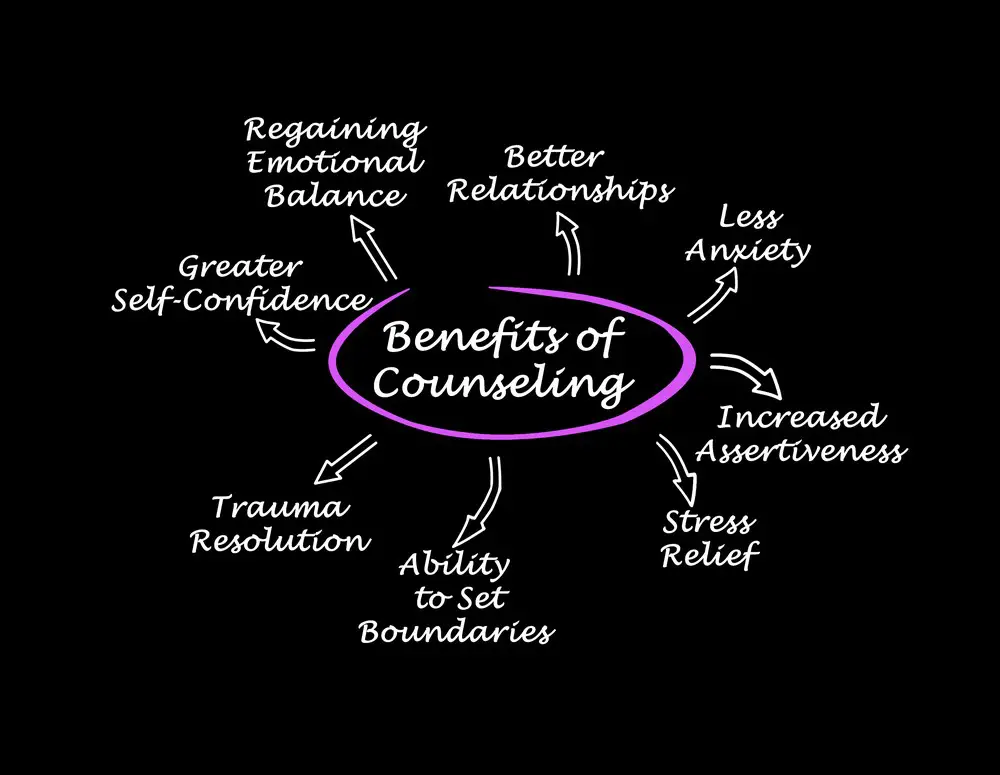
Treatment and Management
Managing narcissism involves a blend of therapeutic strategies and, when required, medication. Both avenues aim to temper the troubling symptoms and improve social functioning.
Therapeutic Approaches
Psychotherapy is a cornerstone in tackling narcissistic traits. Specifically, Cognitive Behavioral Therapy (CBT) can help you understand and change harmful thought patterns:
- CBT Techniques:
- Identifying distortions in your thinking
- Challenging beliefs about superiority
- Adopting healthier thought patterns
Another beneficial therapy is Dialectical Behavior Therapy (DBT), where you learn to regulate emotions and develop better relationship skills. Here are some strategies employed in DBT:
- DBT Strategies:
- Mindfulness exercises to stay present
- Distress tolerance to handle emotional upheavals
- Interpersonal effectiveness for healthier relationships
Key Takeaway: Psychotherapy provides tools to reshape your thought process and improve your interactions with others.
Medication and Clinical Interventions
Medication isn’t a primary treatment for narcissism, but it can address particular symptoms, especially if you have co-occurring conditions like depression or anxiety. Here’s what might be considered:
- Mood Stabilizers: To even out emotional swings and impulsive behavior.
- Antidepressants: These may help if you struggle with depressive symptoms alongside narcissistic ones.
Remember, medication should always be guided by a healthcare professional and tailored to your needs.
Key Takeaway: Medications can mitigate some symptoms that coexist with narcissism, easing your path toward better emotional stability and relationship management.
Growth and Recovery
Recognizing the possibility of positive transformation is crucial in addressing narcissistic traits. With dedicated effort, you can pave the way for meaningful change.
Potential for Change and Improvement
Awareness is the first step towards growth for someone with narcissistic traits. Admitting that some behaviors may harm oneself and others can be challenging, but it’s a vital part of the journey. Once you acknowledge the need for change, therapy emerges as a powerful tool for recovery. Here’s how therapy can facilitate improvement:
- Therapeutic Interventions: A therapist can introduce cognitive-behavioral strategies that emphasize modifying thought patterns and behaviors. This approach aims to foster greater empathy and understanding in interpersonal relationships.
- Treatment Plans: Tailored treatment can include different therapy forms, such as individual counseling, group sessions, or family therapy, to address various aspects of narcissism.
- Consistent Effort: Commitment to regular therapy sessions is crucial. Change doesn’t happen overnight, but minor improvements can grow into significant personal development with persistence.
- Self-Help Strategies: Alongside professional help, self-help techniques such as journaling or meditation can enhance self-awareness and emotional regulation.
Personal growth and improvement in narcissistic traits also hinge on the long-term dedication to change. Maintaining realistic expectations is essential — progress may be gradual and requires patience. However, with sustained awareness and continued therapy or treatment, you can make lasting changes that improve your relationships and overall well-being.
Key Takeaway: Awareness, therapy, and dedication are your building blocks for change. Remember, every step forward is a victory on your path to recovery.
Extending Compassion and Support
When a loved one is grappling with traits of narcissism, your compassion can be a beacon of hope. Their mental health may already be under significant strain, and your support can steer them towards seeking professional help.
 Supporting Mental Health
Supporting Mental Health
Mental health conditions can be a heavy burden, with depression and related issues often lurking beneath the surface of narcissistic behavior. You need to recognize the signs and extend a supportive hand. Here’s how you can help:
- Educate Yourself: Learn about the connections between narcissism and mental health. Understanding the challenges can make you more empathetic.
- Listen Actively: Sometimes, just being heard can make a difference. Offer your attention without judgment.
- Encourage Professional Help: Gently suggest the value of therapy from a licensed professional who specializes in narcissism and mental health.
- Stay Patient: Healing is a marathon, not a sprint. Show that you’re in it for the long haul.
Key Takeaway: Your support and understanding can be life-changing. Remain patient and encourage the pursuit of professional care for lasting improvement.
Research and Perspectives
As you explore the concept of narcissism, it’s essential to understand how our grasp of Narcissistic Personality Disorder (NPD) has changed over time due to ongoing research and shifts in perspectives.
Evolving Understanding of NPD
Scientific studies and clinical observations have played an essential role in the evolving understanding of narcissism. Initially, NPD was characterized by overt traits such as grandiosity, a need for admiration, and a lack of empathy. However, as research has expanded, the recognition of covert traits, including insecurity and vulnerability, has been increasingly acknowledged.
- Early Research: Identified narcissism as a distinct personality disorder.
- Recent Findings: Suggest that there’s a spectrum of narcissistic behaviors, with some being adaptive and functional.
Therapeutic approaches have progressed as well. Traditional strategies, like confrontational tactics, have gradually been supplemented by more empathetic and understanding methods:
- Past Approaches: Often centered on challenging the narcissist’s false self-image.
- Current Strategies: Emphasize understanding the person’s emotional background and promoting self-awareness.
You’ll find that expert perspectives vary:
- Some Experts argue that cultural factors have increased narcissistic tendencies in the population.
- Others focus on the interplay between genetic predispositions and environmental triggers.
Given these insights, you can appreciate that NPD isn’t a static concept but a complex and multi-dimensional condition. It’s clear that as you learn more about NPD, being aware of both past research and current perspectives can help you understand the topic better.
Frequently Asked Questions
Navigating the complex terrain of narcissism can be challenging. Below are some targeted questions that shine a light on the intricate behaviors and traits of narcissists, delving into their subtleties and exploring practical strategies for handling interactions.
What are the common characteristics of covert narcissism?
Covert narcissists often exhibit fragile self-esteem and an intense sensitivity to criticism, yet they crave admiration and recognition. You might notice their passive-aggressive behavior and a tendency to play the victim to gain sympathy.
- Key Takeaway: Covert narcissists display subtler traits, like sensitivity to criticism and passive-aggressiveness, often going unnoticed at first glance.
What habits are typically displayed by individuals with narcissistic traits?
Those with narcissistic traits tend to boast about their achievements and demand the best of everything. They frequently disregard others’ feelings and struggle with empathy. Expect to see them take credit for others’ successes without acknowledging their contributions.
- Key Takeaway: Narcissists often lack empathy and are self-focused; their habits include boasting and a sense of entitlement.
Can you list toxic behaviors often shown by a narcissist?
Absolutely, narcissists engage in toxic behaviors such as:
- Repeatedly manipulating or exploiting others for their gain.
- Belittling or demeaning people to maintain a sense of superiority.
- Demonstrating extreme jealousy or competitiveness, even over trivial matters.
- Key Takeaway: Narcissists manipulate and demean others with a drive to appear superior, often leading to toxic interactions.
How can one effectively manage interactions with a narcissist?
To manage interactions, it’s crucial to:
- Set clear boundaries and stick to them.
- Avoid emotional responses that give them leverage.
- Keep your expectations realistic, knowing that narcissists may not empathize with your point of view.
- Key Takeaway: Setting boundaries and not engaging emotionally are key to managing interactions with a narcissist.
What question can reveal if someone may have narcissistic tendencies?
Asking a specific question like “How do you handle criticism?” can reveal much. A narcissist may deflect blame or respond with anger or dismissal, indicating an inability to process criticism healthily.
- Key Takeaway: A narcissist’s defensive reaction to criticism can be a telling sign of their underlying tendencies.
What approaches can help in disarming or managing conflict with a narcissist?
Here are some strategies:
- Stay calm and unemotional, presenting facts without aggression.
- Use “we” statements to foster a collaborative tone rather than triggering defensiveness.
- Acknowledge their feelings, but don’t concede your standpoint if you disagree.
- Key Takeaway: Keeping calm and using collaborative language can help mitigate conflict with a narcissist.
 About the Author: Jacob Maslow
About the Author: Jacob Maslow
Hello, I’m Jacob Maslow. In the wake of my personal experiences with a narcissistic ex-partner, I’ve become deeply invested in understanding and sharing insights about narcissism and mental health. Here’s a bit more about my journey and why I write these articles:
- Navigating Personal Challenges: My story involves coping with the fallout of my ex’s selfish behavior. When our children’s therapist started making progress against parental alienation, my ex ceased cooperation, a move that’s painfully typical of narcissistic tactics.
- Mental Health Advocate: I’m a staunch advocate for mental health awareness and support. Taking Lexapro has been part of my journey, and being a ‘therapy veteran.’ Recently, I’ve joined BetterHelp to continue this path of healing and self-discovery.
- Dealing with Narcissism Firsthand: My ex, who exhibits severe narcissistic traits, has pursued relationships with community leaders, only to later engage in smear campaigns against them. This pattern of behavior echoes the traits discussed in the blog post you’ve just read.
- The Struggle of Parental Alienation: In recent times, my ex’s narcissism has escalated. Her refusal to adhere to custody agreements and court orders has led to complete alienation from my children. This ongoing court battle and the loss of contact have been significant challenges.
- Finding Solace in Nature: I take long, reflective walks daily to maintain my equilibrium. These moments are crucial for clearing my head and staying grounded.
- Writing as a Form of Support: I pen articles on mental health and narcissism to help others facing similar struggles. Through sharing my experiences and insights, I hope to offer support and guidance to those dealing with narcissistic partners.
- Legal Guidance and Support: On my legal site, I assist others who face non-compliance with court orders and the weaponization of children in custody battles. It’s a resource born from my experiences and the desire to help others navigate these complex situations.
- A Message of Hope: Despite the challenges, I firmly believe that overcoming mental health issues is possible for everyone. My journey is a testament to resilience and the power of informed support.
Thank you for reading my articles. I hope they provide you with understanding, comfort, and the tools to navigate your own challenges with strength and clarity.

- Breaking the Silence: Why Men’s Mental Health Matters More Than Ever - April 15, 2025
- How to Transform a Home’s Patio Space into a Relaxing Space - March 23, 2025
- 5 Strategies to Use a Cell Phone to Help Manage Your Stress - March 23, 2025
This site contains affiliate links to products. We will receive a commission for purchases made through these links.


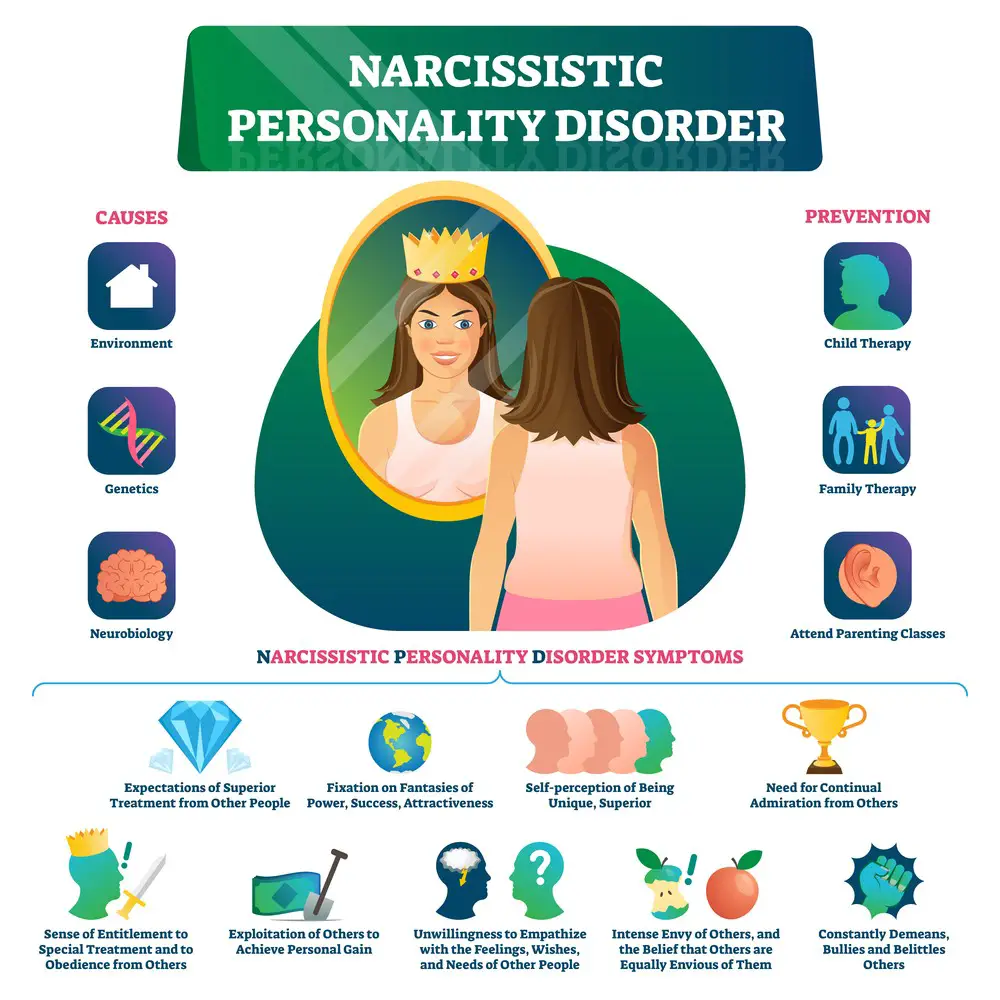 Understanding Narcissism
Understanding Narcissism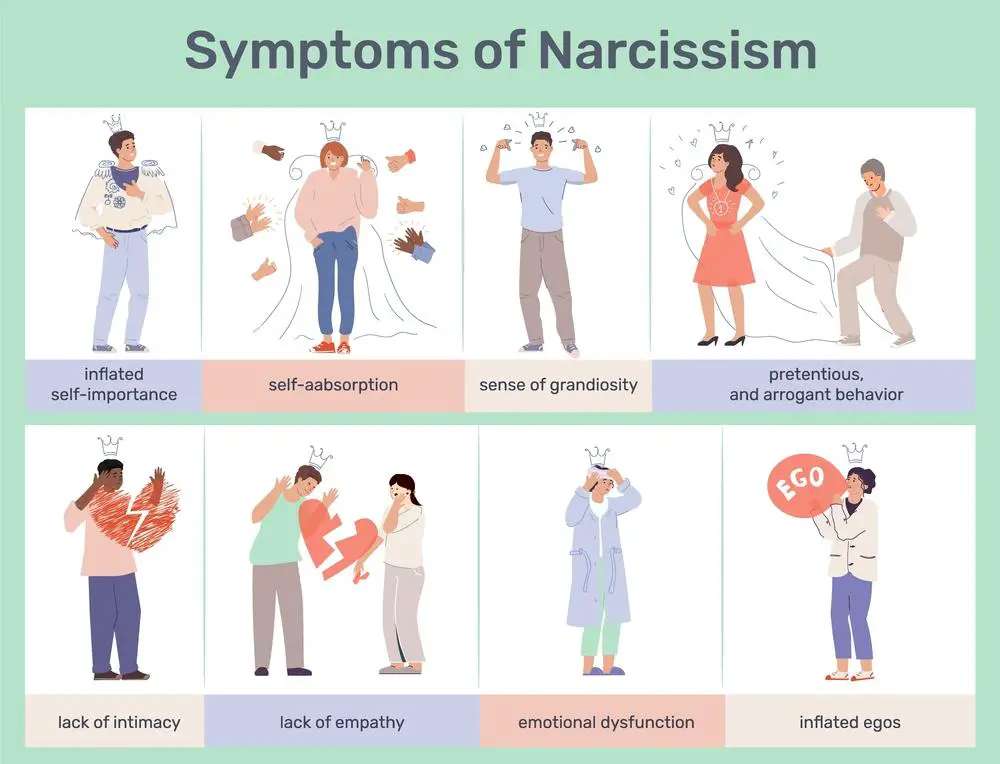 Symptoms and Diagnostic Criteria
Symptoms and Diagnostic Criteria Characteristics of a Narcissist
Characteristics of a Narcissist Root Causes and Development
Root Causes and Development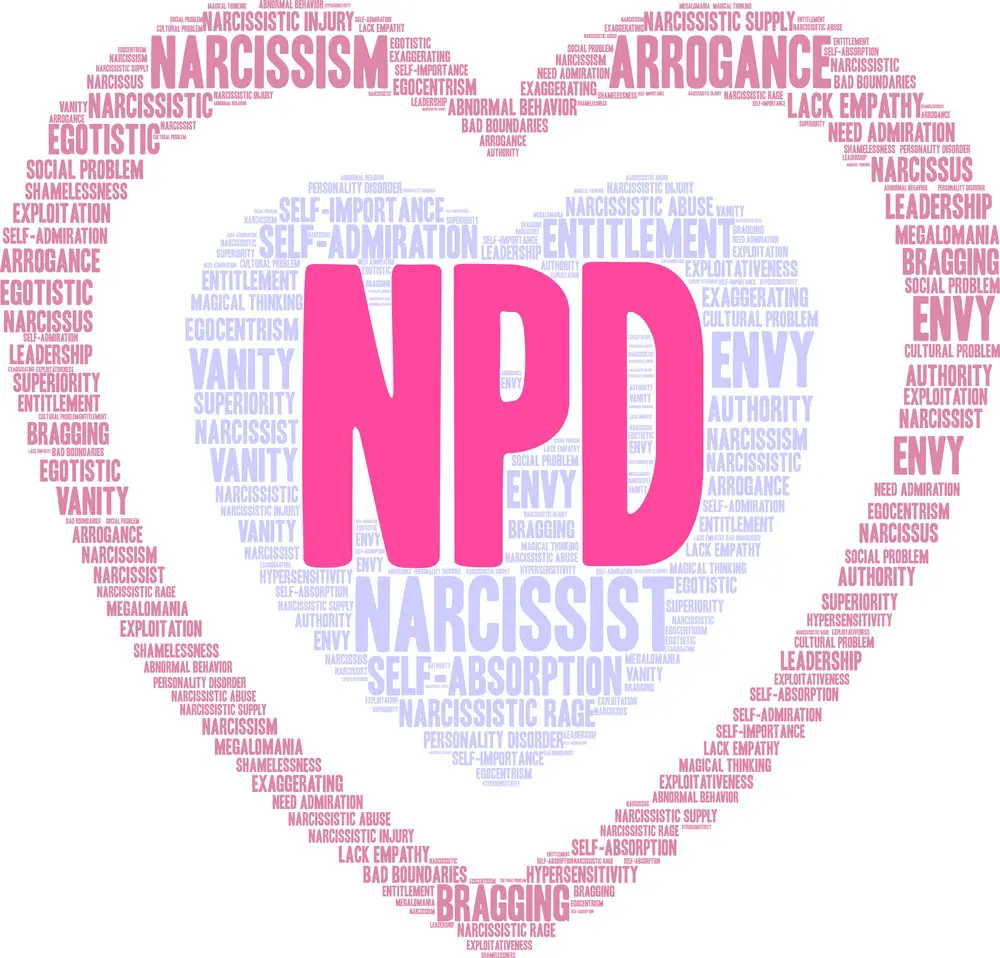 Narcissists in Relationships
Narcissists in Relationships Effects and Impact
Effects and Impact Setting Boundaries
Setting Boundaries Supporting Mental Health
Supporting Mental Health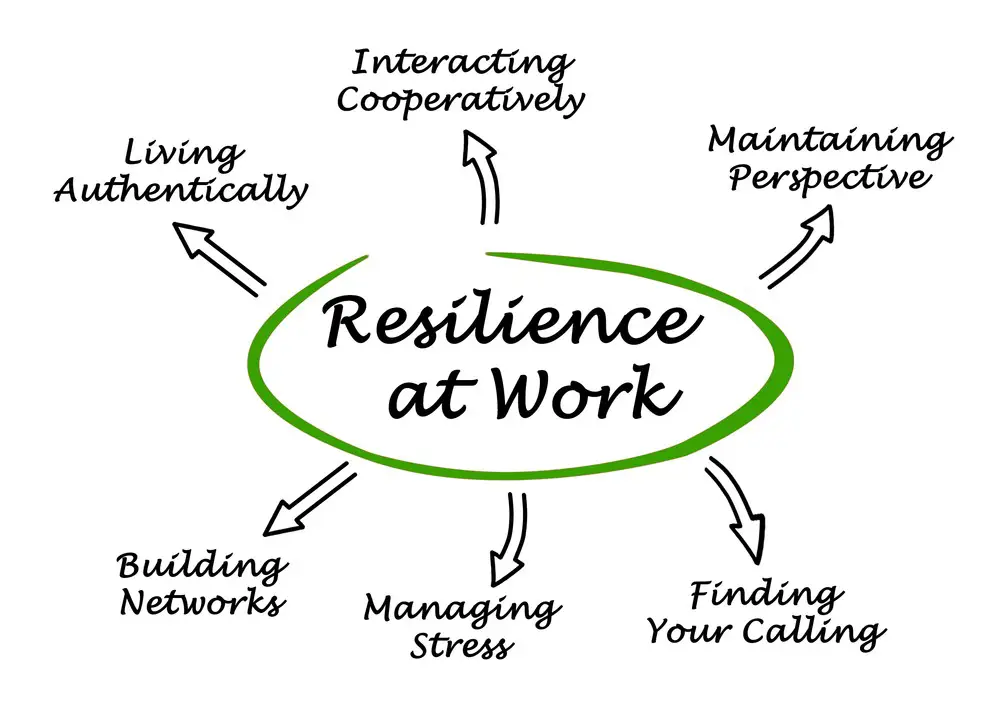 About the Author: Jacob Maslow
About the Author: Jacob Maslow
